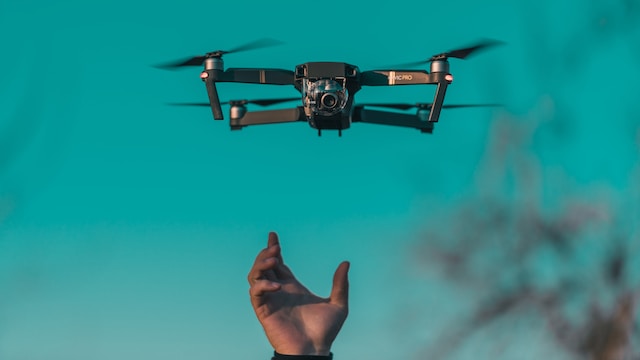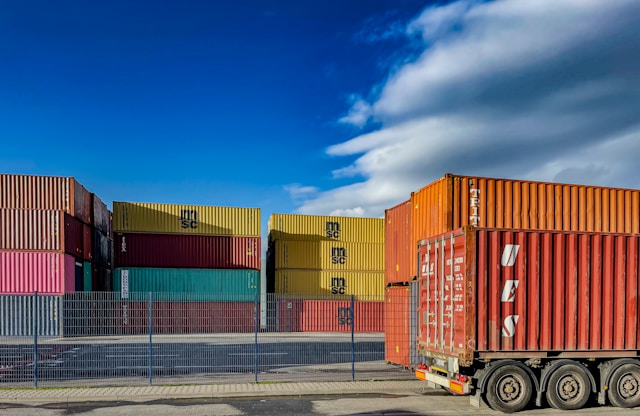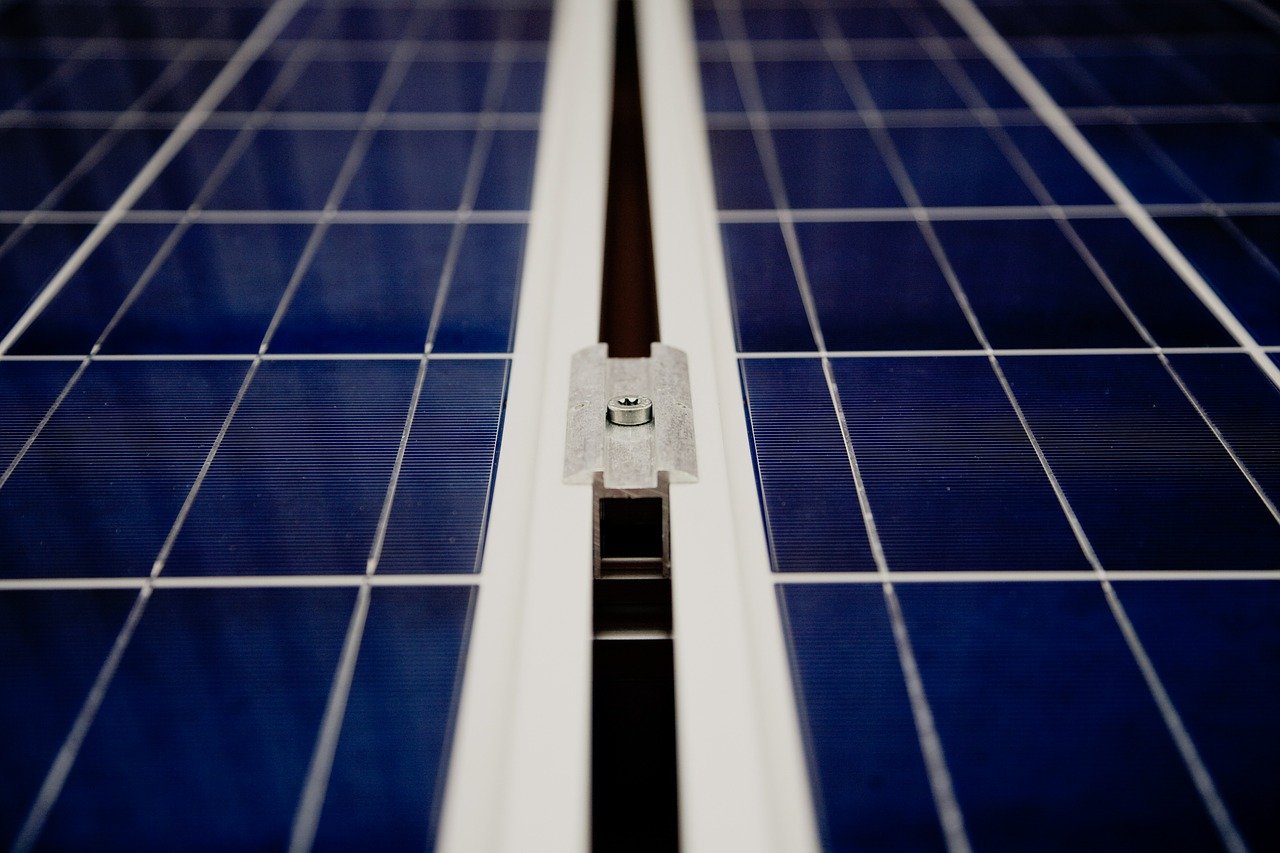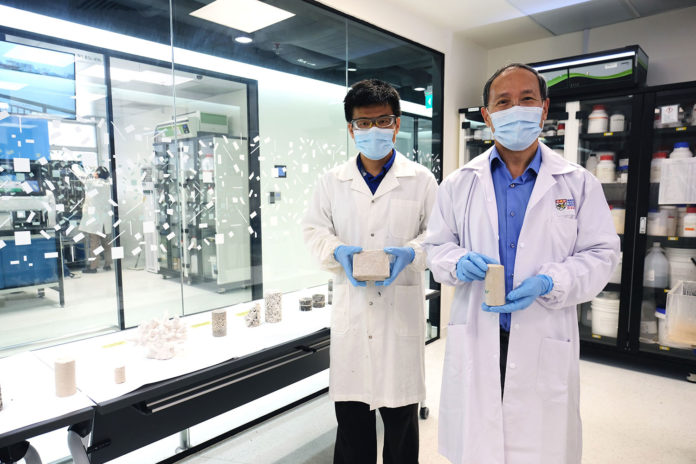The quest for water on exoplanets—worlds orbiting distant stars—has taken a thrilling turn! Researchers from MIT and the University of Birmingham have developed a groundbreaking approach to detect life-giving liquid water using existing technology.
This novel method focuses on the intricate interplay of two atmospheric gases: carbon dioxide and ozone. It opens doors to recognizing potentially habitable planets outside our solar system.
The Challenge of Identifying Habitable Planets
Earth’s relatively low carbon dioxide levels, compared to less habitable planets, have inspired researchers to identify exoplanets with potential liquid water by analyzing their atmospheres for low carbon dioxide. This method involves searching for planets within a specific distance from their star, akin to our solar system’s habitable zone. If a planet in this zone exhibits lower atmospheric carbon dioxide than others, it may suggest the presence of significant water bodies.
Planets too close or too far from their stars are either too hot or too cold. Identifying habitable planets with liquid water has been challenging. Now, astronomers from the University of Birmingham and MIT suggest that if an exoplanet has less carbon dioxide than its neighbors, it likely harbors liquid water on its surface.
Seeking Life’s Signature with the James Webb Telescope
Astronomers have identified over 5,200 extrasolar planets. Using existing telescopes, they can directly measure a planet’s distance to its star and its orbital period. These measurements help scientists determine whether a planet falls within a habitable zone.
While identifying liquid water on a planet doesn’t guarantee the presence of life, researchers propose using the James Webb telescope to detect low CO2 and high ozone in a planet within the habitable zone as a potential indicator of life.







